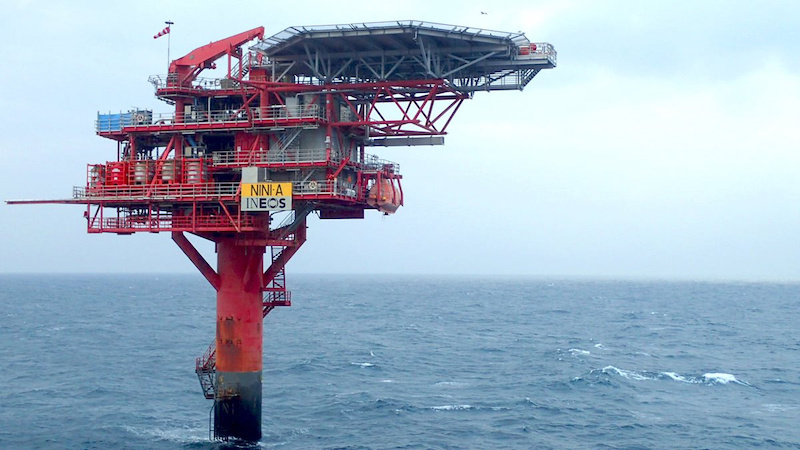Denmark wants to pump CO2 into abandoned oil fields
With “Greensand” Denmark has started a project with which millions of tons of CO2 are to be pumped into old oil fields. Above all, the country wants to achieve its own climate goals.
The past few years have shown that much more ambitious measures are needed when it comes to climate protection. It is often even said that we have to consider removing the CO2 that has already accumulated from the atmosphere. Because without this process, our climate targets will be a long way off.
If we look at the European Union, one country repeatedly stands out with major sustainability projects: Denmark. Our northern neighbor is currently validating the construction of its own island to expand wind power. At the same time, the country is keeping the focus on sustainability, as it is now a new project in the North Sea shows.
Denmark wants to store CO2 in old oil fields
The project is called “Greensand” and aims to bring captured Co2 to an abandoned oil field under the North Sea. To this end, the project partners are building the necessary infrastructure about 200 kilometers off the Danish coast. The German group Wintershall Dea is also involved in the project. The process looks like this:
The producer (e.g. of cement) separates CO2 during production. Ships bring this in a gaseous state to the project site called “Nini” and pump it underground. The CO2 then remains in the sandstone layers around 1,800 meters below the sea floor.
Up to eight million tons per year possible
In the early years, the carbon dioxide for “Nini” still came from Belgian production. However, the Danish cement manufacturer Aalborg Portland would also like to separate the CO2 and bring it underground as soon as possible. By 2025, 0.5 to 1 million tons could flow into the abandoned oil fields.
From 2030, this value will increase to four to eight million tons per year in the best case. With this, Denmark shows that it not only eliminates emissions, but can also operate in a climate-negative manner.
Nevertheless, it remains to be seen whether the capacities for the emissions will be sufficient. In addition to storing CO2, the focus should continue to be on eliminating such emissions.
Also interesting:


